How to Plant a Beautiful Lavender Hedge in Your Garden

How to plant a lavender hedge, and 10 benefits of growing lavender as a hedge.
Lavender makes a wonderfully scented flowering hedge that looks stunning in a cottage-style garden and more modern settings.
In summer, the flowers are alive with bees and other pollinators. In winter, the evergreen structure makes a neat low edging to a border or a dividing line between garden areas.
Cutting flowers from a Lavender hedge is much easier than individual plants due to the hedges uniformity and accessibility.
10 Benefits of growing a lavender hedge
- Lavender hedges look and smell lovely.
- Their flowers attract bees and other pollinators to your garden.
- Lavender repels mosquitoes.
- Lavender hedges are great for dividing up an area of your garden.
- Hedges can act as a windbreak.
- Lavender thrives in poor soils where other plants may not.
- Lavender plants are drought tolerant and easy to care for.
- Deer and rabbits both avoid eating lavender.
- Cutting flowers from a lavender hedge is much easier than from individual plants.
- Lavender flowers are useful in crafts, herbal preparations and recipes.
What type of lavender is best for a hedge?
Lavender Angustifolia is the most popular type of lavender for hedges here in Britain. Often referred to as English or common lavender, it is, in fact, a native to the Mediterranean. It is the hardiest of all the Lavenders making it best suited to handle our often damp and cold climate, hence its English title.
Angustifolia cultivars are generally compact, featuring narrow grey-green leaves and short, dense flower spikes, making them the perfect choice for hedging. Cultivars from this species flower from late spring to the middle of summer and are known to produce high-quality lavender oil making it a valuable addition to the garden.
How to grow lavender
Like many herbs originating from the Mediterranean, Lavender is a drought-tolerant plant that thrives in poor, well-drained soil. Lavender plants love a sunny, open position and will tolerate wind and cold as long as they have adequate air circulation and are not waterlogged.
Can you grow lavender on clay soils?
Improve clay soils with the addition of coarse grit or sharp sand before planting lavender. Alternatively, lavender can be grown on ridges, slopes, or raised beds to provide the required drainage.
We have clay soil in our garden, so I have grown my lavender in raised beds and pots until now. Due to some recent building work, I now have a small retaining wall which should provide the perfect spot for a Lavender hedge.
Here are the steps I used to plant my Lavender hedge.
The retaining wall I am planting my lavender above is built from blocks and partially backfilled with building rubble by the builders. The spot gets lots of sun and airflow, so it should be a perfect spot to grow lavender. The raised area above the wall is where our garage is situated. Once established, the Lavender hedge should act as a visual aid to discourage drivers from reversing too close to the edge and generally improving the look of the area.
I began by filling my Lavender bed with reclaimed topsoil. This topsoil has plenty of small stones and sand in it so that it will drain well. The bricks and wood were used to hold everything in place while I backfilled the bed.
I used string and two posts to make a level line down the centre of my bed to ensure that I plant in a straight line.
Angustifolia Hidcote grows to around 50cm, and the planting density is 3-4 plants per metre. I used a metal ruler and set the plants out in position before planting mine.
In total I used 36 1 litre lavender plants for my hedge. I ordered 40 at a total cost of £145, so have 4 left over as spares.
New lavender hedges need watering during dry spells for the first few weeks until the plants establish. Once established, they require very little care other than annual trimming.
Below you can find my one year update!
And this is how our lavender hedge looks one year on. All the plants survived and we are delighted with the results. (Please ignore my weedy drive - its on my very long list of things to sort!)
The lavender plants have all spread to fill the space. I will give the hedge a light trim late summer and I think it'll look even fuller next year.
I'm planning to start harvesting my lavender in the next few days.
Some of it will be used to make lavender wands which is a lovely craft to make.
Enjoyed the project?

Comments
Join the conversation
-
 Craft Invaders
on Jun 29, 2023
Craft Invaders
on Jun 29, 2023
Thanks Alice, I think having poor free draining soil is the key. Good luck next year x
-
-



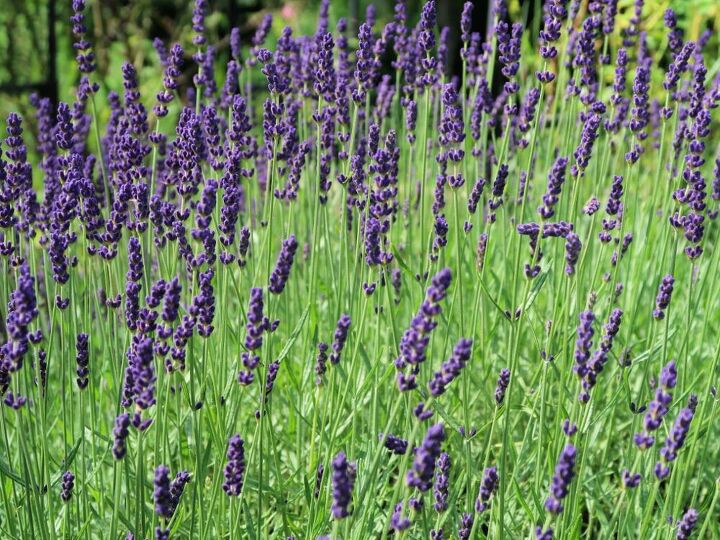











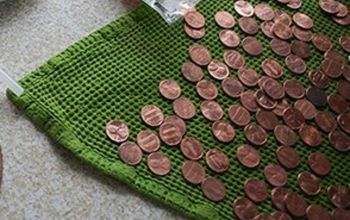
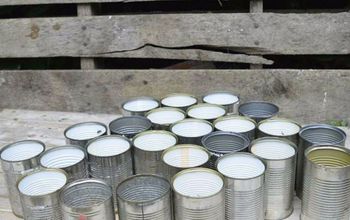




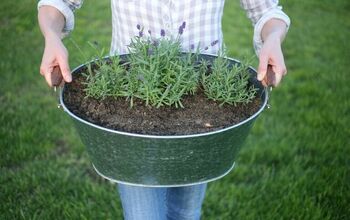
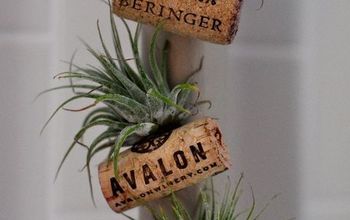


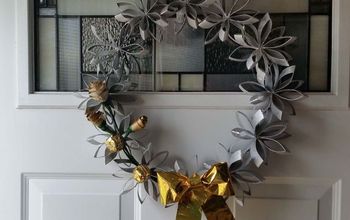

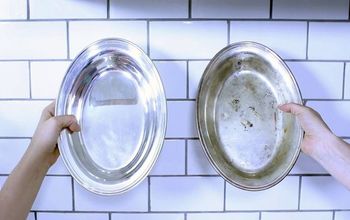


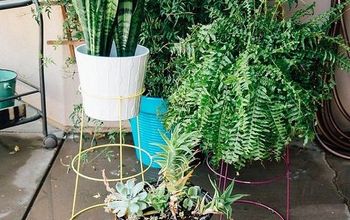
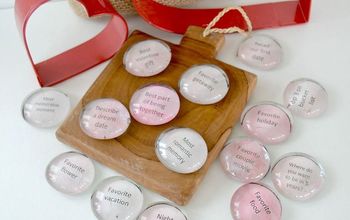


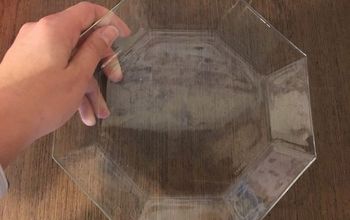
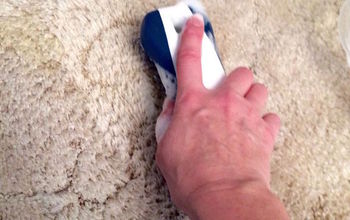

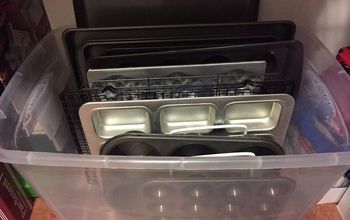
Frequently asked questions
Have a question about this project?
What art of the country do u live?? was wondering if they would survive the harsh winters we have in the UP of michigan
curious about what time of year you planted...
Any chance of getting that update on what it looks like now, a year later?